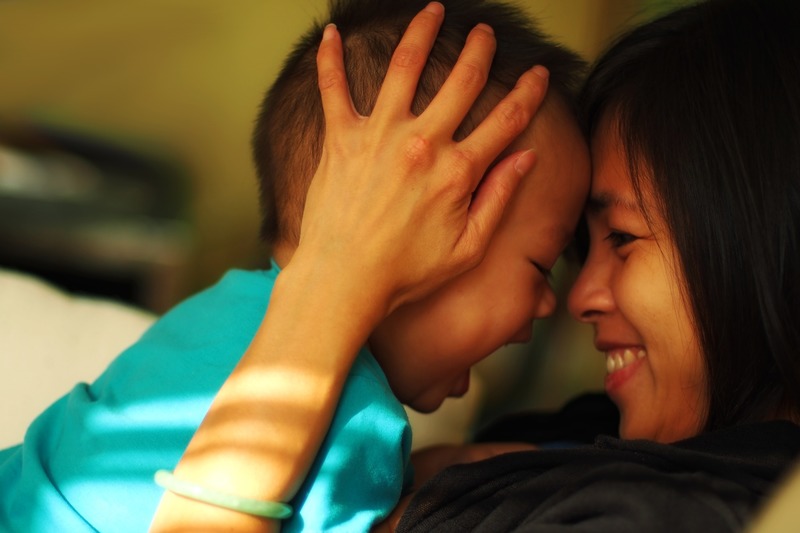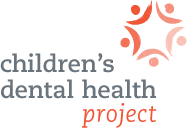The Children's Dental Health Project's blog
Federal data shows progress, remaining gaps in Native American children’s oral health
| Julie Seward |
| Corey Hemstreet |
This blog was authored by Julie Seward, RDH, MEd, of the Southern Plains Tribal Health Board, and Corey Hemstreet, of Native American Connections
Julie Seward, a Registered Dental Hygienist and member of Cherokee Nation, serves as Program Coordinator for the Oklahoma Shared Clinical and Translation Resources Grant at the Southern Plains Tribal Health Board. Corey Hemstreet, who is Navajo/Laguna Pueblo and a tribal citizen of the Navajo Nation, serves the Phoenix Urban Indian Community as a Community Health Representative for Native American Connections (NAC).
The Indian Health Service (IHS) recently released a data brief on the oral health of American Indian/Alaskan Native (AI/AN) children. The brief specifically reports on the agency’s 2018 — 2019 oral health survey focusing on AI/AN children from birth through age five. Historically, as a result of longstanding inequality, U.S. indigenous communities face many roadblocks when seeking a path to good oral health. From limited access to providers to the high cost of care, among others, barriers have caused both adults and children to suffer from greater rates of disease than their Caucasian peers. Many families cannot work around these hurdles to achieve optimal oral health no matter how hard they try.
The report shows that AI/AN children are still encountering barriers to preventative oral health care. However, it does show progress reducing the disease that causes tooth decay – called caries. In young children, this condition is called Early Childhood Caries (ECC). Data also shows that untreated tooth decay among this age group has decreased.
The report showcased 5 significant findings among AI/AN children:
- While ECC saw a slight decline since 2010, untreated tooth decay showed the greatest reduction.
- Despite declining rates, ECC still continues to be a significant problem for pre-school aged children
- IHS service areas and programs in Navajo communities, Oklahoma City, OK, and Phoenix, AZ have experienced dramatic reductions in the prevalence of ECC
- One in six children who are one year old suffer from ECC
- Dental sealants are underutilized
|
Source: IHS data brief. IHS survey data shows that, since 2010, AI/AN children from birth to age five have experienced a decrease in the prevalence of Early Childhood Caries and of untreated tooth decay. |
Programs driving progress
Innovative strategies, including those to defragment oral health care and prevention, and taking a continued pulse on the disparity are keeping progress moving. The ECC Collaborative, an IHS program, is one such multi-faceted effort. It educates dental providers, as well as other health care workers and the community itself, about preventing ECC and early intervention to reduce the harm of tooth decay. The program was designed to promote ECC prevention by focusing on proven oral health strategies, like early access to dental care; fluoride varnish applications; sealants (for baby teeth and permanent teeth); and interim therapeutic restorations.
 For example, to promote early access to oral health care, IHS historically communicated “Two is too late” messages throughout clinics and the community. This campaign aimed to teach families that children should get dental care before they are two years old. The program has since shifted to the message, “First Tooth, First Exam,” as two in five two-year-old children have experienced tooth decay.
For example, to promote early access to oral health care, IHS historically communicated “Two is too late” messages throughout clinics and the community. This campaign aimed to teach families that children should get dental care before they are two years old. The program has since shifted to the message, “First Tooth, First Exam,” as two in five two-year-old children have experienced tooth decay.
The ECC Collaborative also initiated an ongoing oral health surveillance system to monitor trends among the AI/AN population served by IHS and tribal programs. It focuses on four different age cohorts: preschool children, elementary school children, adolescents, and adults. This data could be used to further target health resources to people in our community who most need support preventing dental disease.
Promising approaches to close remaining gaps
"Culturally relevant, community-based oral health programs can serve as the pillars of a thriving, healthy community."
While this data brief shows progress in reducing ECC and untreated tooth decay, AI/AN children are still three times more likely to have dental diseases compared to Caucasian children. There are still significant strides that we must make toward oral health equity. Perhaps, investing in health promotion, prevention, and community-based health programs; expanding accessible and affordable dental services to underserved AI/AN communities; and educating individuals about the importance of oral health in relation to whole health could increase dental sealant utilization. Doing so may reduce ECC, protecting families from facing the high costs of emergency room visits and use of anesthesia.
The expansion of the Community Health Aide Program (CHAP) to the lower 48 states is one approach toward helping our communities achieve optimal oral health. CHAP is a multidisciplinary system of mid-level behavioral, community and dental health professionals that work alongside licensed providers to offer patients increased access to quality care.
Under the CHAP, tribes’ Indian Health Services facilities have the opportunity to add new mid-level dental providers such as Dental Health Aide Therapists (or Dental Therapists) to the dental team. Under their scope of work, DHATs can fill cavities, place temporary crowns, and perform uncomplicated tooth extractions while dentists tend to more complex, revenue-generating procedures. Dental Therapy has been gaining momentum across the country to provide preventive and routine restorative care to geographically isolated and underserved tribal communities.
In addition, 638 tribally operated programs have been utilizing innovative approaches to address oral health disparities. They include training Community Health Representatives (CHR) to be Community Dental Health Coordinators (CDHC) and training dental assistants to conduct basic dental cleanings. CDHCs provide community-based prevention, care coordination, and patient navigation to link services to individuals who do not typically receive dental care in underserved rural, urban, and native AI/AN communities. Thus, culturally relevant, community-based oral health programs can serve as the pillars of a thriving, healthy community.
The need for oral health education that emphasizes the importance of baby teeth as a precursor for permanent teeth is paramount. Unfortunately, the perception that baby teeth are not important continues to be a gap that we must close. Healthy baby teeth are important and contribute to a child’s ability to learn, speak, socialize, and eat nutritious foods.
On a national level, the Native American Response team (NART) was created within the Oral Health Progress and Equity Network (OPEN) to support tribal communities and organizations by sharing resources, information and best practices on systems-change efforts. Recently, NART merged with the Native Oral Health Network (NOHN) to further expand our networks and work to help improve oral health.
The IHS survey offered a snapshot of where AI/AN children’s experience with dental disease stands today. With ongoing collaboration and creative, culturally applicable solutions, we can continue building on past progress to place all children on a path of good oral health from their earliest years.
For more information about NOHN, contact guest author Julie Seward at [email protected].
